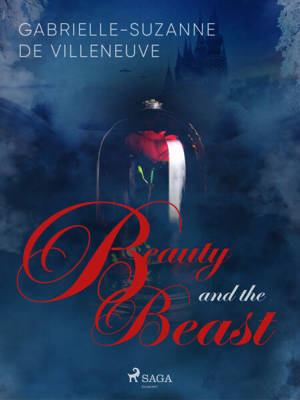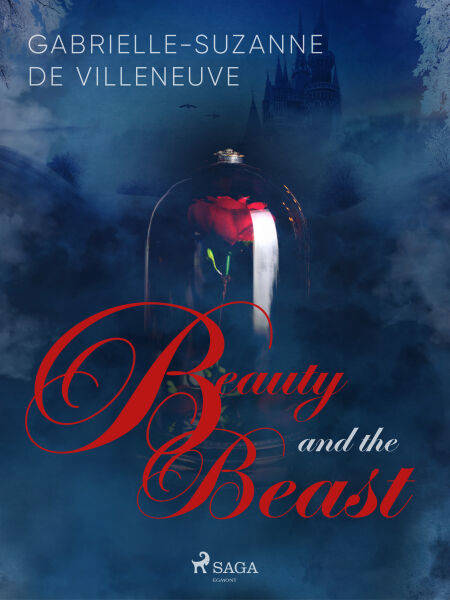
- Afhalen na 1 uur in een winkel met voorraad
- Gratis thuislevering in België vanaf € 30
- Ruim aanbod met 7 miljoen producten
- Afhalen na 1 uur in een winkel met voorraad
- Gratis thuislevering in België vanaf € 30
- Ruim aanbod met 7 miljoen producten
Zoeken
Omschrijving
Originally published as ‘La Belle et la Bête’, Gabrielle-Suzanne de Villeneuve's 'Beauty and the Beast' was published in 1740 and is the oldest known version of this fairytale.
"A tale as old as time", ‘Beauty and the Beast’ is the bewitching fantasy romance story of Belle – a young woman imprisoned in the magical castle of a monstrous yet princely beast, where she is forced to "be our guest".
This is an epic story that has captured generations of readers and will be enjoyed by fans of both film adaptations, from the animated Disney classic to the live-action film starring Emma Watson.
Gabrielle-Suzanne de Villeneuve was a French author who published fairy tales and novels but is best remembered for writing the original story ‘La Belle et la Bête’. It was published in 1740 and is the oldest known version of the fairy tale ‘Beauty and the Beast’, which has since been adapted twice for the big screen including the animated Disney classic and the live-action movie starring Emma Watson as Belle.
After her death, Gabrielle-Suzanne de Villeneuve’s ‘Beauty and the Beast’ was abridged by another author, Leprince de Beaumont, who did not credit the tale’s original writer. Leprince de Beaumont is, therefore, often still wrongly credited as being the original author, and her shortened version is the one most commonly known today.
"A tale as old as time", ‘Beauty and the Beast’ is the bewitching fantasy romance story of Belle – a young woman imprisoned in the magical castle of a monstrous yet princely beast, where she is forced to "be our guest".
This is an epic story that has captured generations of readers and will be enjoyed by fans of both film adaptations, from the animated Disney classic to the live-action film starring Emma Watson.
Gabrielle-Suzanne de Villeneuve was a French author who published fairy tales and novels but is best remembered for writing the original story ‘La Belle et la Bête’. It was published in 1740 and is the oldest known version of the fairy tale ‘Beauty and the Beast’, which has since been adapted twice for the big screen including the animated Disney classic and the live-action movie starring Emma Watson as Belle.
After her death, Gabrielle-Suzanne de Villeneuve’s ‘Beauty and the Beast’ was abridged by another author, Leprince de Beaumont, who did not credit the tale’s original writer. Leprince de Beaumont is, therefore, often still wrongly credited as being the original author, and her shortened version is the one most commonly known today.
Specificaties
Betrokkenen
- Auteur(s):
- Vertaler(s):
- Uitgeverij:
Inhoud
- Aantal bladzijden:
- 202
- Taal:
- Engels
Eigenschappen
- Productcode (EAN):
- 9788728384756
- Verschijningsdatum:
- 18/01/2023
- Uitvoering:
- E-book
- Beveiligd met:
- Digital watermarking
- Formaat:
- ePub

Alleen bij Standaard Boekhandel
+ 1 punten op je klantenkaart van Standaard Boekhandel
Beoordelingen
We publiceren alleen reviews die voldoen aan de voorwaarden voor reviews. Bekijk onze voorwaarden voor reviews.








